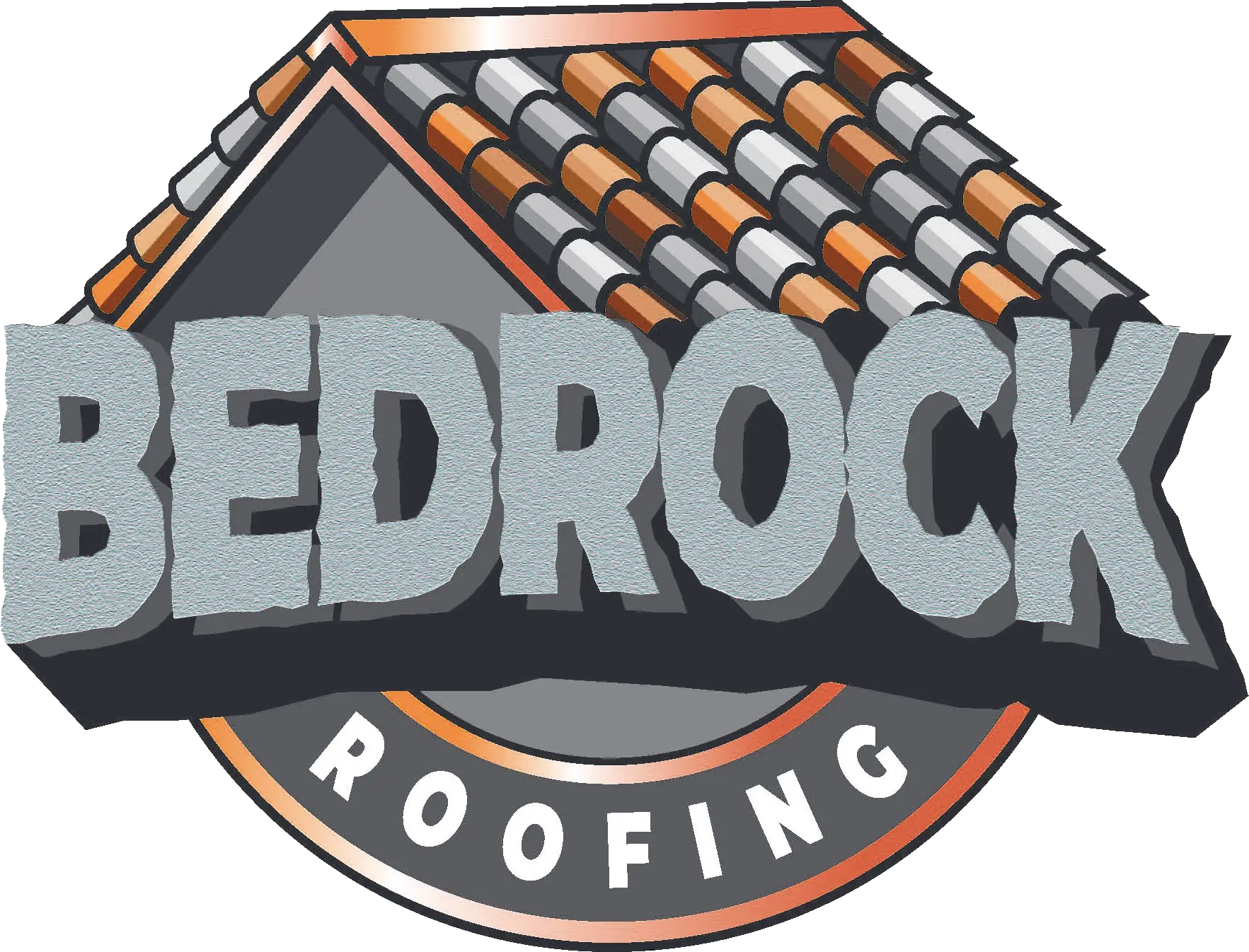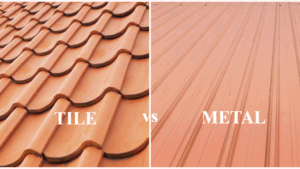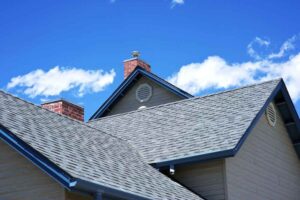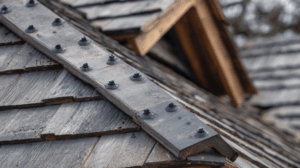Southwest Florida is one of the most beautiful — and most challenging — places to own a roof. Between year-round sun, hurricane threats, heavy rains, and high humidity, homes here face conditions that demand more than just a generic roofing solution.
Whether you’re building a new home, evaluating roof damage after a storm, or replacing a roofing system, this guide will walk you through everything you need to know about roofing in this part of Florida. From material options and damage signs to permitting, insurance, and maintenance, we’ve packed this guide with answers that matter.
Why Roofing in Southwest Florida Is Different
Unlike other parts of the country, Southwest Florida’s roofing systems must withstand:
- Extreme UV exposure (high year-round sun damage)
- High humidity and daily rain during summer
- Hurricane-force winds and tropical storms
- Salt air near the coastline, accelerating corrosion
- Frequent insurance inspections and stricter permitting
These conditions shorten the lifespan of roofing materials and create added pressure to choose storm-rated, code-compliant systems.
The Florida Building Code also evolves frequently — especially after major hurricane seasons — which affects how roofing contractors are required to build and install new systems.
Common Roofing Materials in Southwest Florida
Choosing the right roofing material can impact not just your home’s protection, but also energy efficiency, resale value, and insurance eligibility.
1. Asphalt Shingles
- Most affordable upfront
- Lifespan: 15–25 years in Florida climate
- Easy to install and repair
- Available in architectural and 3-tab styles
- Susceptible to UV damage and granule loss over time
2. Metal Roofing
- Lifespan: 40–50 years
- Highly wind-resistant when properly fastened
- Reflects heat, reducing attic temperatures
- Available in standing seam or exposed fastener systems
- Higher upfront cost, but lower long-term maintenance
3. Concrete or Clay Tile
- Excellent wind and fire resistance
- Lifespan: 40–50+ years (underlayment may need replacement every 20–25)
- Requires skilled installation
- Heavier load on roof structure
- Higher maintenance and repair costs
4. Flat Roofs (TPO, Modified Bitumen, etc.)
- Common on low-slope homes and additions
- Requires proper drainage and sealing
- Lifespan varies by material (10–25 years)
- Ideal for modern-style homes or commercial buildings
Each material comes with its own pros and cons, so the right choice depends on your home’s design, budget, and location relative to the coast.
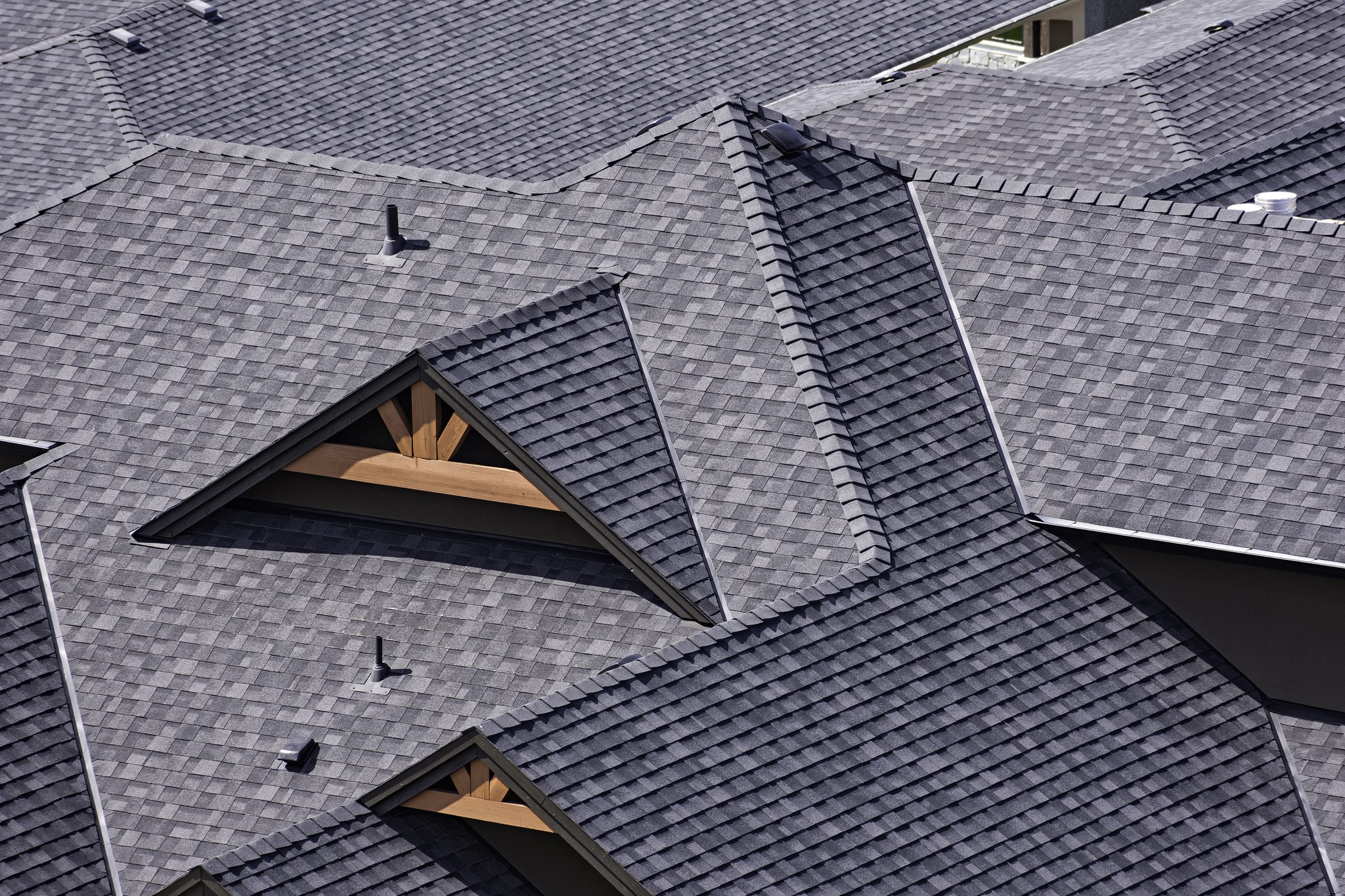
Roofing Permits and Code Requirements in Southwest Florida
In counties like Lee, Charlotte, Sarasota, and Collier, you must have a permit for any major roof work — including full replacements, structural repairs, or upgrades to underlayment and decking.
Permit requirements typically include:
- Verification of materials that meet ASTM and Florida Product Approval codes
- Fastening systems that meet wind uplift standards
- Proper insulation, ventilation, and underlayment
- Storm mitigation features (like secondary water barriers)
- Final inspection by the local building department
A licensed roofing contractor should handle this on your behalf. Cutting corners here can void insurance coverage and create issues when selling your home.
How to Spot Roof Damage in Florida’s Climate
Early detection is key to preventing small roofing issues from becoming major expenses. After every storm — or at least twice per year — check for:
- Missing or curled shingles
- Cracked or loose tiles
- Soft spots in the roof deck
- Granule buildup in gutters
- Interior ceiling stains or moisture
- Unusual A/C performance (may indicate poor ventilation)
Drone inspections are becoming the preferred method for identifying storm-related damage quickly and safely.
For a detailed process, refer to this roof repair guide from the National Roofing Contractors Association.
Insurance and Roof Damage: What Homeowners Should Know
After a storm, one of the first questions homeowners ask is: “Will insurance cover my roof repair or replacement?” The answer depends on a few key factors:
- Age of your roof: Many insurers limit or deny coverage for roofs over 15–20 years old
- Documentation: Photos, prior inspections, and maintenance records are critical
- Type of damage: Insurance typically covers sudden, storm-related damage, not gradual wear
- Local code upgrades: Insurance may or may not pay for code-required enhancements
If 25% or more of your roof is damaged in one calendar year, Florida building code may require full replacement — not patch repair.
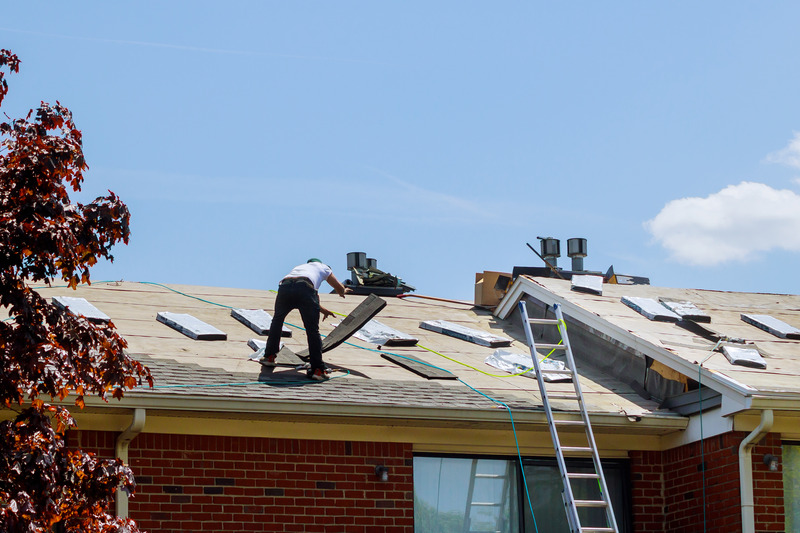
Choosing a Roofing Contractor in Southwest Florida
Not all roofing companies are created equal — especially in post-storm situations when out-of-town contractors flood the market. Always verify:
- Florida roofing license (CCC#)
- Local permitting knowledge
- Insurance coverage (liability + workers comp)
- Manufacturer certifications (e.g., Owens Corning, Tamko)
- References from local projects
- Warranty terms — workmanship and materials
Avoid high-pressure sales or cash-only deals. A reputable contractor will provide a written scope of work, explain your options clearly, and follow through with quality work.
Energy Efficiency and Ventilation
With year-round sun and high attic temperatures, energy-efficient roofing is becoming a major consideration in Southwest Florida.
Tips for better performance:
- Choose solar-reflective shingles or cool metal roofing
- Install ridge vents and soffit vents for passive ventilation
- Use radiant barriers and insulated roof decking where possible
- Schedule attic inspections during summer to monitor airflow and moisture buildup
Proper ventilation reduces wear on roofing materials and helps control indoor humidity — especially during rainy season.
Roof Maintenance Tips for Florida Homes
Even a brand-new roof can fail early if it’s not properly maintained. Regular upkeep saves money and protects your home’s structure.
Your maintenance checklist:
- Inspect roof twice a year (plus after major storms)
- Clean gutters and downspouts every 3–4 months
- Trim overhanging tree branches to reduce impact risk
- Remove debris buildup (especially on flat roofs)
- Schedule professional inspections every 1–2 years
- Document all maintenance for insurance and resale purposes
Neglecting these steps can void warranties and insurance coverage, especially if damage is linked to deferred maintenance.
Roofing Costs in Southwest Florida (2025 Estimates)
Pricing varies based on material, home size, roof pitch, and complexity. Here’s a ballpark estimate for a 2,000 sq. ft. roof:
| Material | Avg. Installed Cost | Lifespan |
| Shingle | $9,000–$13,000 | 15–25 years |
| Metal | $14,000–$20,000 | 40–50 years |
| Tile | $18,000–$30,000+ | 50+ years (underlayment ~20–25) |
| Flat (TPO) | $8,000–$14,000 | 10–20 years |
Source: HomeAdvisor Roofing Cost Guide
Keep in mind: labor shortages and code changes after major storms can impact cost and availability.
When Should You Replace a Florida Roof?
Consider full replacement when:
- Your roof is 20+ years old
- You’ve had multiple repairs in the last 5 years
- Storms have caused widespread or structural damage
- Your insurance requires it to maintain coverage
- You’re selling or refinancing and need an updated system
Replacing before serious leaks or structural failure can save thousands — and improve your home’s energy performance and resale value.
Get a Free Roofing Estimate in Southwest Florida
Choosing the right roofing system starts with understanding your home, your budget, and your local climate. Bedrock Roofing offers expert inspections, honest recommendations, and licensed installations backed by strong warranties.
Get a free estimate and let us help you protect your home from Florida’s toughest conditions.
